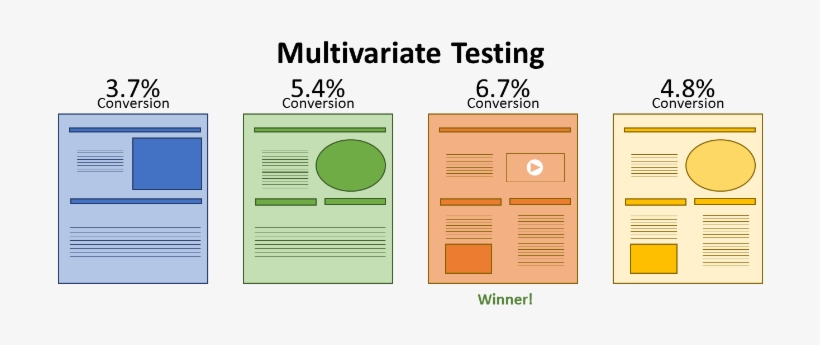Personalization Engines
What is a Personalization Engine?
Personalization engines apply personal context and past interactions with customers to tailor marketing content, offers, etc. These tailored interactions result in increased conversion rates (sales), marketing effectiveness, and customer satisfaction.”
They function by using gathered user data from profiles and tracking of anonymous users’ behaviour, which is enhanced with additional first- and third-party data such as geography, on-site behaviour, transactions, or affinity. Data is then used to segment audiences into target groups, triggering messaging or content via one or more marketing channels (marketing
Businesses use personalization engines to improve the user experience by catering content to a visitor’s needs and wants – for example, College students typically prefer multimedia content to books or other texts, whereas an elderly person may need large print. Smart software would adapt and give the customer what they need right away.
A well-designed conversion optimization strategy serves promotions for items that a customer will want to purchase. Tools or services are often employed to capitalize on this capability.
In response to increased demand for customized experiences, technology that allows brands to personalize interactions has skyrocketed. According to Gartner’s 2020 Magic Quadrant Report on Personalization Engines, 13 companies provide personalization solutions in this market.
Personalization solutions are designed to solve specific challenges in a customer journey, but onsite elements can’t be tailored as effectively when using only one solution.




